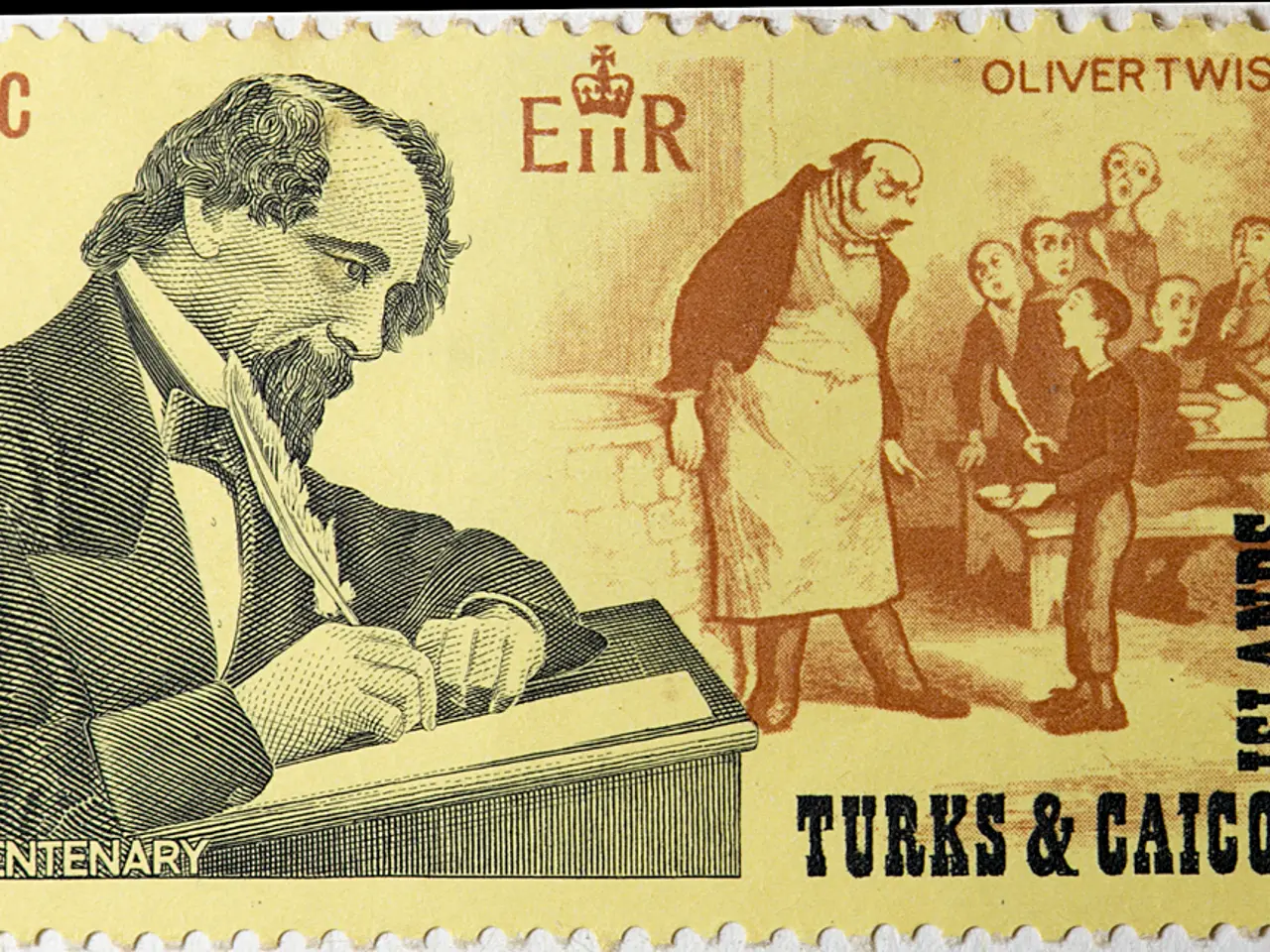Rising savings may hamper additional improvement in the consumer climate.
June 26, 2025: Germany's Consumer Climate Hits a Roadblock
Germany's consumer climate dipped in July, according to the GfK consumer climate index, taking a small tumble from -20.0 in June to -20.3 for July 2025. Rolf Bürkl, a consumer expert at NIM, attributes this decline primarily to an increased savings propensity among consumers.
Consumers have become more tight-fisted, with savings indicators skyrocketing by 3.9 points to reach 13.9—a level unseen since over a year ago. This heightened saving tendency demonstrates lingering uncertainty and insufficient planning security, stifling consumers' willingness to splurge, particularly on larger purchases.
Income Expectations on the Uptick
Conversely, the financial outlook for Germans remains encouraging, with income expectations continuing their upward trajectory in June. The income indicator surged for the fourth consecutive month, hitting 12.8 points. This marks a 4.6% increase compared to the previous year.
The optimistic financial prospects stem from recent favorable wage agreements, such as those in the public sector coupled with reasonable inflation rates. This combination translates into real increases in purchasing power for a significant portion of the workforce. Additionally, pensioners will benefit from a 3.74% increase in their statutory old-age benefits starting July 1, 2025.
Purchasing Intentions Remain Cautious
While income expectations are on the rise, consumers' purchasing intentions remain guarded. The purchasing propensity indicator inched forward by a meager 0.2 points and sits at -6.2 points.
The cautious purchasing behavior can be attributed to persistent apprehension about US government policy, especially trade and tariff policies, which has consumers sitting on the sidelines, waiting for more clarity.
A Brighter Economic Outlook Ahead
Despite these uncertainties, German consumers seem optimistic about the country's economic recovery in the coming months. The economic indicator increased by 7 points to 20.1, which is the highest value since the Ukraine crisis began in early 2022.
Many consumers appear to anticipate a stronger economic recovery later in the year, driven by expected government stimulus packages in defense and infrastructure, set to roll out in the second half of 2025. This optimism is rooted in forecasts by Germany's leading research institutes that predict a modest increase in GDP of around 0.3% in 2025.
Sources:GfK/NIM June 26, 2025
[1] Experts cite increased savings propensity, sustained lack of spending confidence, and lingering uncertainties as reasons for the downward slide in Germany's consumer climate, resulting in a slightly weaker purchasing propensity.[2] Caution among German consumers stems not just from nation-specific concerns but also from uncertainty surrounding US trade policies, contributing to an air of unpredictability.[3] Germany's improving income expectations, driven by positive wage agreements and decreased inflation rates, have yet to translate into significant consumer confidence or increased spending.[4] Despite economic optimism, continued consumer caution remains a significant roadblock to robust consumer spending and meaningful recovery in consumer sentiment in Germany.[5] Many factors, including global economic conditions and unpredictable US trade policies, contribute to the prevailing sense of uncertainty among consumers, hindering confident spending behavior and consumer confidence.
Economic and social policy discussions are centered around the cautious purchasing behavior of German consumers, which is influenced by factors such as increased savings propensity and uncertainty surrounding US trade policies. Such policies have an impact on personal-finance decisions, as the heightened saving tendency demonstrates lingering uncertainty and insufficient planning security, stifling consumers' willingness to splurge, particularly on larger purchases.
Finance professionals are keeping a close eye on government stimulus packages in defense and infrastructure, set to roll out in the second half of 2025, as these initiatives may have a positive impact on business sectors and further influence consumer confidence and personal-finance decisions in the coming months.








